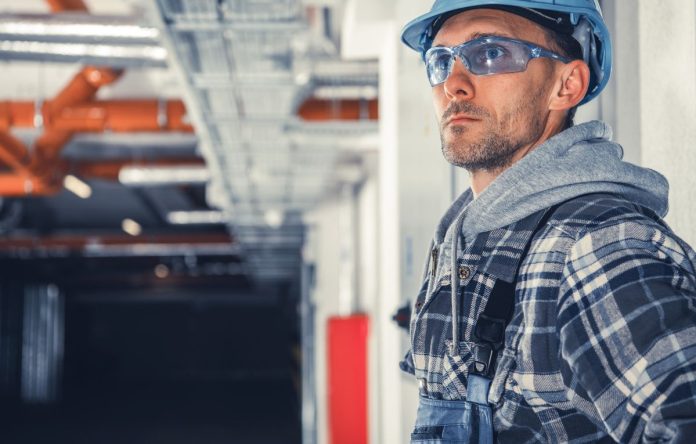Ducted heating systems play a crucial role in keeping homes warm and comfortable during the colder months. However, like any mechanical system, they can experience issues that may affect their performance. Understanding common problems and knowing how to troubleshoot them can help homeowners in Melbourne maintain their ducted heating systems efficiently. In this guide, we will explore several common issues with ducted heating systems and provide troubleshooting tips to address these issues effectively.
1. Uneven Heating Throughout the Home
One common issue homeowners may encounter with ducted heating systems is uneven heating across different rooms or areas of the house. This can lead to discomfort and temperature inconsistencies. Possible causes of uneven heating include:
Blocked or obstructed vents or registers.
Insufficient airflow due to dirty filters or ductwork issues.
Incorrect thermostat settings or calibration.
Troubleshooting Tips:
Check and clean vents, registers, and air grilles to ensure unobstructed airflow.
Replace dirty air filters regularly to maintain optimal airflow.
Inspect ductwork for leaks, damage, or blockages and repair as needed.
Calibrate the thermostat and consider zoning options for more precise temperature control in different areas.
2. Poor Airflow or Weak Heating
If your ducted heating system is producing weak airflow or insufficient warmth, it can be indicative of several underlying issues:
Clogged or dirty air filters restricting airflow.
Ductwork leaks or disconnections.
Malfunctioning blower fan or motor.
Insufficient gas supply or burner issues in gas-powered systems.
Troubleshooting Tips:
Replace dirty or clogged air filters with new ones suitable for your system.
Inspect ductwork for leaks, gaps, or disconnected sections and seal or repair them.
Check the blower fan and motor for any signs of damage or malfunction and repair or replace as necessary.
Ensure adequate gas supply and check burner components for proper functioning and cleanliness.
3. Strange Noises During Operation
Unusual noises such as rattling, banging, or squealing during ducted heating system operation can be a cause for concern and may indicate various issues:
Loose or damaged ductwork causing vibrations.
Worn-out or malfunctioning blower fan or motor.
Airflow restrictions leading to pressure imbalances and noise.
Troubleshooting Tips:
Inspect ductwork for loose connections, gaps, or damage that may cause vibrations or rattling noises. Secure or repair ducts as needed.
Check the blower fan, motor, and fan blades for signs of wear, damage, or debris accumulation. Clean or replace components as required.
Ensure vents, registers, and air grilles are open and unobstructed to maintain smooth airflow and reduce pressure-related noises.
4. Thermostat Issues and Temperature Inaccuracies
Incorrect temperature readings or erratic thermostat behavior can disrupt the comfort levels in your home and may stem from various factors:
Thermostat calibration issues or placement in unfavorable locations (e.g., near heat sources or drafts).
Electrical or wiring problems affecting thermostat communication with the heating system.
Troubleshooting Tips:
Verify thermostat settings and location to ensure accurate temperature sensing and control.
Calibrate or adjust the thermostat according to manufacturer guidelines for precise temperature management.
Check electrical connections, batteries (if applicable), and wiring integrity for any faults or loose connections. Consult a professional if electrical issues are suspected.
5. System Cycling On and Off Frequently
Excessive cycling of the ducted heating system, where it turns on and off frequently, can indicate underlying issues that require attention:
Clogged or dirty air filters causing overheating and system shutdowns.
Thermostat issues leading to incorrect temperature readings and frequent cycling.
Restricted airflow due to ductwork issues or blocked vents.
Troubleshooting Tips:
Replace dirty or clogged air filters to ensure proper airflow and prevent overheating.
Verify thermostat settings and calibration to avoid temperature fluctuations that trigger frequent system cycling.
Inspect ductwork for obstructions, leaks, or inefficiencies that may impede airflow and cause system strain.
6. Professional Maintenance and Servicing
While many troubleshooting steps can be performed by homeowners, regular professional maintenance and servicing are crucial for optimal ducted heating system performance. Consider scheduling annual maintenance inspections and tune-ups with qualified technicians in Melbourne to detect and address potential issues early, ensure system efficiency, and prolong the lifespan of your heating system.
Conclusion:
Maintaining a well-functioning ducted heating in Melbourne requires proactive troubleshooting and periodic maintenance. By understanding common issues such as uneven heating, airflow problems, thermostat issues, strange noises, and frequent cycling, homeowners can take appropriate troubleshooting steps or seek professional assistance when needed. Regular care, cleaning, and inspections contribute to a comfortable and efficient heating experience throughout the colder seasons.








